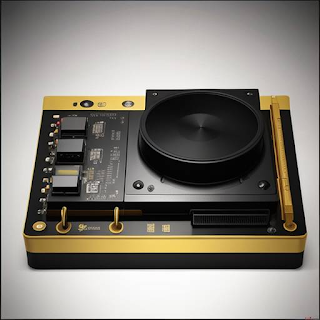Comparing WMA Standard, Pro, and Lossless Audio Formats

Understanding the differences between WMA Standard, WMA Pro, and WMA Lossless can greatly impact your audio experience. WMA Standard is a versatile, lossy format suitable for general use, balancing sound quality with smaller file sizes, making it ideal for podcasts or casual listening. WMA Pro enhances sound quality, especially for multi-channel audio, like surround sound setups, using more efficient compression. WMA Lossless, on the other hand, retains all audio data with no data loss and is perfect for archiving or critical listening, offering the highest audio fidelity but with larger file sizes. The choice between these formats depends on your specific needs and priorities. If you're looking to maximize storage space, WMA Standard is an ideal option. For higher fidelity listening, like when you have a good home sound system, WMA Pro is very good. But if you are looking to preserve the very best quality with no sound loss for your precious audio files, like your old family tape...





